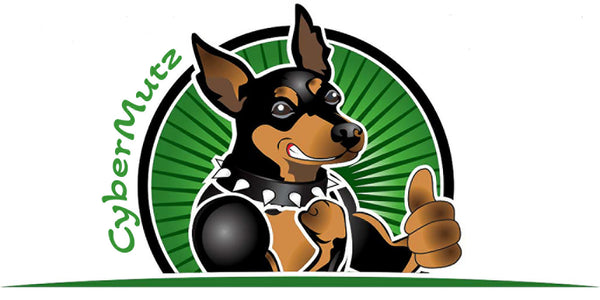
🐾 Understanding Dog Food Labels: What to Look For
Share
🐾 Understanding Dog Food Labels: What to Look For
Reading dog food labels can feel like decoding a secret language—especially when you’re trying to give your pup the healthiest, happiest life possible. With so many brands and buzzwords out there, it’s important to know exactly what you’re putting in your dog’s bowl.
Here’s a guide to understanding dog food labels like a pro so you can make the best choices for your furry friend.
📦 1. Start with the
Ingredients List
Just like with human food, the ingredients are listed in order of weight—from highest to lowest.
Look For:
-
Named animal proteins like chicken, beef, or salmon (not vague terms like “meat” or “animal by-product”).
-
Whole ingredients like brown rice, sweet potatoes, or oatmeal.
-
Avoid: fillers like corn, wheat, soy, or anything listed as “meat meal” or “animal digest.”
📝 Pro Tip: If the first ingredient is a grain or by-product, that’s a red flag.
🧪 2. Decipher the
Guaranteed Analysis
This part breaks down the minimum and maximum levels of:
-
Crude Protein
-
Crude Fat
-
Crude Fiber
-
Moisture
This helps you compare foods, but keep in mind it doesn’t reflect digestibility or quality. Look for a balance that matches your dog’s breed, age, and activity level.
🔍 3. Understand the
AAFCO Statement
This tells you if the food meets standards set by the Association of American Feed Control Officials (AAFCO).
Look for a statement that confirms the food is:
-
“Formulated to meet the nutritional levels established by the AAFCO Dog Food Nutrient Profiles…”
-
Or: “Animal feeding tests using AAFCO procedures…”
This means the food is considered complete and balanced for your dog’s life stage.
🧠 4. Don’t Fall for
Buzzwords
Marketers love to throw around feel-good phrases. Some common ones include:
-
“Natural”
-
“Organic”
-
“Grain-Free”
-
“Human-grade”
These can sound impressive but often lack regulation or clear meaning. For example, “natural” doesn’t mean much without context, and “grain-free” doesn’t always equal healthier—especially with recent concerns about links to heart issues.
💡 Stick with transparency, not trendy labels.
🔒 5. Know What to
Avoid
Some ingredients do more harm than good. Watch out for:
-
BHA/BHT (chemical preservatives)
-
Ethoxyquin
-
Artificial colors and flavors
-
Added sugars or sweeteners
These can trigger allergies or long-term health issues, especially for sensitive dogs.
🧾 6. Watch Serving Sizes and Feeding Guidelines
Most dog food brands overestimate portions. Be sure to adjust based on:
-
Your dog’s age
-
Breed and ideal weight
-
Activity level
-
Health conditions
👀 When in doubt, check with your vet for tailored advice.
❤️ Final Thoughts
Understanding dog food labels isn’t just about decoding ingredients—it’s about making smarter, healthier choices for your dog. With every scoop, you’re shaping their well-being, from energy and digestion to coat health and longevity.
The more you know, the better you can care for your best friend. 🐶
🛍️ Related Gear:
Looking for custom dog bowls or healthy treats?
